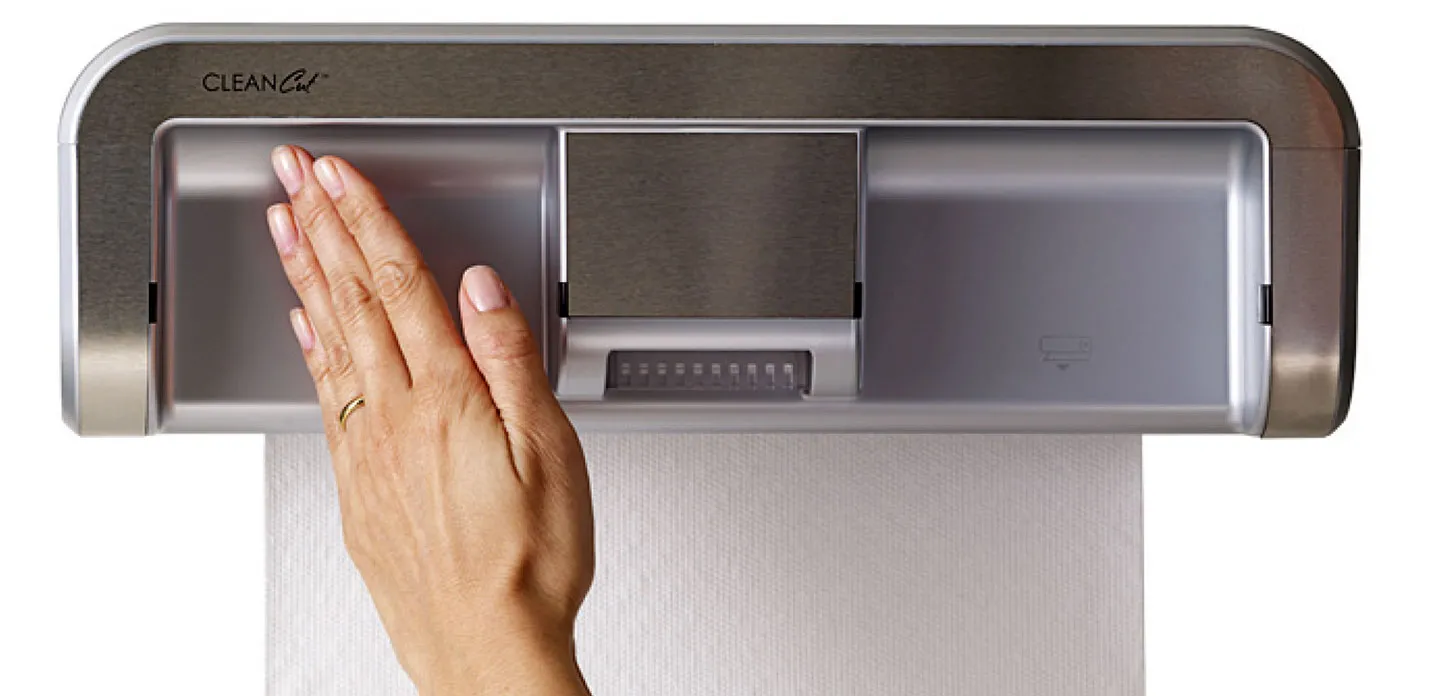With a collective history of more than 1,500 product design projects for clients as diverse as Black & Decker, Motorola, Becton Dickinson, and Honeywell, Bresslergroup has grown to become one of the preeminent product development consulting firms in the United States. Over the past four decades, the Philadelphia-based consultancy’s product development process has earned more than 125 patents and won more than 80 major product design awards.
The company’s success and growth rest on its strategic approach to product development. Beginning with planning, research, and concept development, and culminating with engineering, prototyping, and production, the firm applies a rigorous yet creative approach to helping clients accelerate the development and commercialization of innovative products. An important part of Bresslergroup’s process is the transition between industrial design and engineering, according to Director of Engineering David Schiff.
“When the firm used AutoCAD® 2D design tools in the early 1990s, transforming an elegant industrial design into an engineered product that clients can profitably manufacture was often time-consuming and challenging,” Schiff recalls. “Bresslergroup decided to move to a 3D design environment to shorten design cycles, reduce costs, and increase innovation. We were also seeking a system that would facilitate interaction between our industrial designers and engineers, as well as support engineering analysis requirements. That system was SolidWorks software.”
Bresslergroup implemented SolidWorks Professional design, and SolidWorks Simulation Professional and SolidWorks Simulation Premium software to help it achieve productivity and innovation goals. “SolidWorks is integral to our design process at Bresslergroup,” Schiff stresses. “The ease of the user interface makes it a good tool for our industrial designers to use for conceptual design and form development. Our engineers can take the SolidWorks concept models created by our industrial designers, simulate their performance, and refine the designs to meet engineering and manufacturing requirements. SolidWorks has really helped to streamline our entire process.”
Faster handoffs between industrial design and engineering
The transition from industrial design concepts to engineered products is an area where Bresslergroup has realized substantial improvements. Because industrial designers use SolidWorks to create product concepts, engineers can work with their models right away, resulting in fewer iterations between the two functional groups.
“Every product that we work on is something new, which means industrial design is a critical, driving factor,” Schiff notes. “And when we build proof-of-principle prototypes, it requires significant interaction between industrial designers and engineers. With SolidWorks software, the back-and-forth between industrial design and engineering takes 30 percent less time, which translates into a shorter overall development cycle and faster time-tomarket for our clients.
“This approach works because the SolidWorks user interface doesn’t frustrate our industrial designers,” Schiff adds. “They use SolidWorks surfacing tools to create the organic, freeflowing shapes and forms that are a requirement for many consumer products. The beauty of it all is that our industrial design models now contain the engineering and manufacturing data
that engineers need to turn ideas into reality.”
